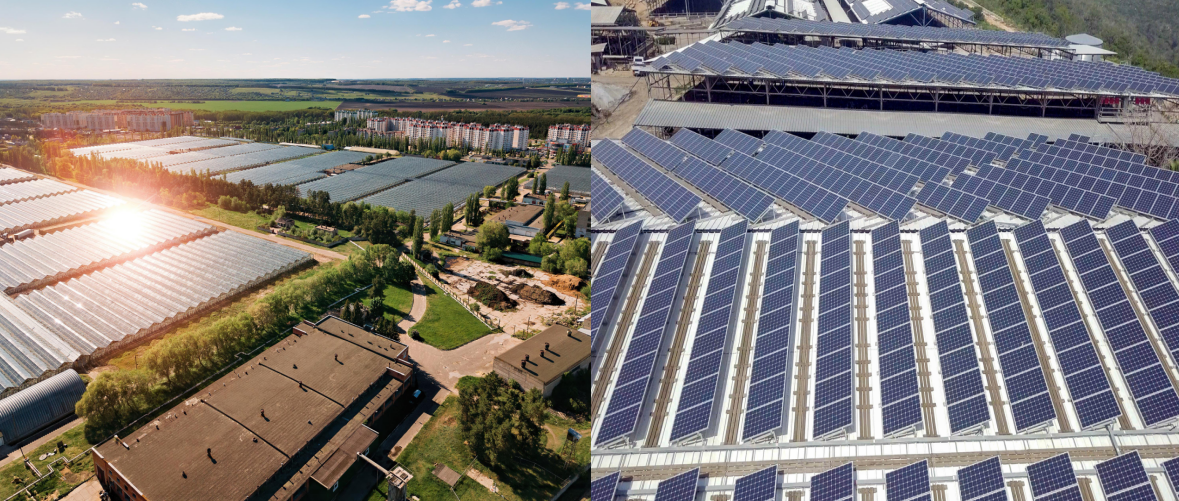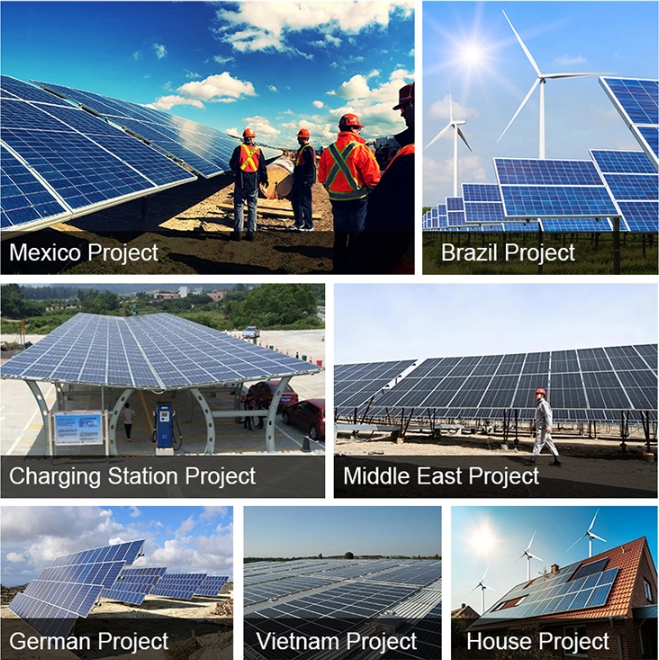As the world accelerates toward cleaner energy solutions, solar panel technology continues to play a pivotal role in transforming how we power our homes, businesses, and industries. With advancements in efficiency, durability, and affordability, solar panels have become a central component of sustainable development.
In this blog post, we’ll break down the key features, major types, and efficiency factors that define today’s solar panel technology. We’ll also introduce PRBS, a trusted manufacturer specializing in high-quality solar panels engineered for maximum performance across diverse applications.
What Are Solar Panels and How Do They Work?
Solar panels, also known as photovoltaic (PV) modules, convert sunlight into electricity using semiconductor materials, typically silicon. When sunlight hits the surface of a panel, it excites electrons in the material, creating a flow of electric current. This direct current (DC) is then converted into alternating current (AC) by an inverter, making it usable for residential, commercial, and industrial needs.
Solar panels are scalable, sustainable, and capable of producing clean energy with little to no environmental impact once installed.

Key Features of Modern Solar Panels
Modern solar panel systems are more than just silicon cells mounted on a frame. Today’s advanced modules offer:
High Energy Conversion Efficiency
Advanced cell designs (like PERC, bifacial, or heterojunction) can achieve over 20% efficiency, delivering more power per square meter.
Durability and Longevity
With proper installation and maintenance, solar panels can last 25–30 years or more, with minimal degradation over time.
Weather Resistance
Panels are built to withstand extreme temperatures, high winds, snow loads, and even hail, making them ideal for diverse climates.
Low Maintenance Requirements
Once installed, most systems require minimal cleaning or servicing, making solar energy an incredibly low-maintenance solution.
Sustainable and Eco-Friendly
Solar panels reduce carbon emissions and rely on one of Earth’s most abundant resources—sunlight.
Types of Solar Panels
There are several types of solar panels, each with unique characteristics suited to different use cases:
1. Monocrystalline Solar Panels
Made from a single crystal structure.
Known for high efficiency and sleek aesthetics.
Ideal for rooftops or places with limited space.
Often used in residential and commercial installations.
2. Polycrystalline (Multicrystalline) Solar Panels
Made from multiple silicon crystals.
Typically less expensive but slightly lower in efficiency than monocrystalline.
Common in utility-scale projects and cost-sensitive installations.
3. Thin-Film Solar Panels
Made from lightweight materials like cadmium telluride or amorphous silicon.
Flexible and lightweight, suitable for portable or specialty applications.
Lower efficiency but can perform better in low-light or high-temperature conditions.
4. Bifacial Solar Panels
Capture sunlight from both front and rear sides.
Generate more energy in reflective environments (e.g., snow-covered or sandy areas).
Excellent for ground-mounted or commercial solar farms.

Understanding Solar Panel Efficiency
Efficiency refers to how much sunlight a panel can convert into usable electricity. It depends on several factors:
Cell technology (monocrystalline panels typically have higher efficiency)
Temperature coefficient (how well the panel performs in heat)
Light absorption and anti-reflective coatings
Panel degradation rate over time
With continuous innovation, efficiency rates are steadily climbing. High-end modules can now reach 22–23% efficiency, while standard panels fall in the 18–20% range.
Why Choose PRBS Solar Panels?
When it comes to sourcing reliable and efficient solar solutions, PRBS stands out as a professional manufacturer of high-quality solar panels. With a commitment to innovation, durability, and customer satisfaction, PRBS offers:
State-of-the-art monocrystalline and polycrystalline panels
Precision manufacturing using advanced automation
Strict quality control and international certifications (such as TUV, CE, ISO)
Customized solutions for residential, commercial, and utility-scale projects
Strong global distribution network and after-sales support
Whether you’re building a home solar system or powering a large solar farm, PRBS panels are engineered for long-term performance and dependable energy generation.

Final Thoughts
Understanding the technology, features, and types of solar panels is essential for making informed decisions about renewable energy investments. From efficiency to longevity, today’s solar panels are smarter, stronger, and more sustainable than ever.
Companies like PRBS are helping lead this global transition, delivering advanced solar panel systems that empower people and businesses to harness clean energy with confidence.
Understanding How Solar Panels Work and Why They Matter
www.prbsenergy.com
PRBS
More Stories
How 5 × 5 130g Reinforced Concrete Fiberglass Mesh Transforms Wall Strength in Construction
「毎日1杯無料」でリピーター急増!新時代の集客術とは?
SENO Technology’s Mission: Leading the Global Market in Nicotine Oral Film Products